The Following is an exciting culmination of quotes that we've found in historically relevant texts, that reference some of the individual plants in this formula! As always, the following text should never be interpreted as medical advice in any way. These quote are supplied only as entertainment and do not reflect the opinion/s of HomeGrown Herbalist. None of these items or statements are approved by FDA. Consult your physician before taking any supplement. Do not take herbs or tinctures during pregnancy without consulting your healthcare provider. This product is not intended to diagnose or treat any disease. All information here is for entertainment and educational purposes only.
Sturtevant's Edible Plants of the World, 1919, was edited by U. P. Hedrick. - Alfalfa
Medicago sativa Linn. Alfalfa. Lucerne.
Europe and the Orient. The leaves are eaten by the Chinese as a vegetable.
The 1841 Thompsonian Materia Medica by Samuel Thompson - Burdock
toothed. Flowers, panicled, globose. Calyar, smooth.
The burdock is a very common, biennial plant, with a large, tapering root, from twelve to eighteen inches long, dark brown externally, but very white and spongy within, having withered scales near the top. The stem is branching, pubescent, succu lent, and two or three feet in length, having very large leaves, which are dark green upon their upper surface, whitish and downy beneath, and have very long foot stalks. The flowers are globose, purple, and arranged in panicles. The imbricated calyx consists of scales with extremities that are hooked, by which they attach themselves to cloth and the coats of various animals. The down of the seed is prickly and rough; the bur many-seeded, and the seeds are quadrangular. Burdock is abundant in this country, growing in pastures, fields, and along the road side, in cultivated grounds, and among rubbish. The root should be dug in the spring, before the leaves start, or in the fall, after the top is dead, as then it possesses the full strength of the entire plant. The odor of the root is weak, but unpleasant—the taste is mucilaginous and sweetish bitter, with a slight degree of astringency. The seeds contain essential oil, and are aromatic, bitterish and somewhat
acrid.
6.42 THE THOMSONIAN
Medical uses.—The root is considered sudorific, diaphoretic and aperient, without irritating properties; and is good in lep rous, rheumatic, scrofula, scorbutic, gouty, venereal and neph ritic affections. Perseverance and close application are neces sary in order that the system may feel effectually the benefit of this antiscorbutic remedy. A decoction may be prepared, by boiling four ounces of the green root well bruised in two quarts of water, and half a pint of it taken three times a day. The seeds are diuretic, and may be used in the form of pow der, of which a teaspoonful may be taken two or three times a
day. The leaves may also be used to great advantage as drafts on the feet. They may also be taken green, rolled, and satu rated with vinegar, and applied as warm as can be borne on any part of the body suffering with pain. Remember always to apply them hot, and put about them a bandage of woollen cloth or flannel, to excite perspiration. The leaves may be dried, and kept for applying to burns.
The Eclectic Materia Medica, Pharmacology and Therapeutics Written by Harvey Wickes Felter, M.D. 1922 - Gravel Root
Botanical name: Eupatorium purpureum
The root of Eupatorium purpureum, Linné (Nat. Ord. Compositae). Low meadows and woods of the United States. Dose, 5 to 60 grains.
Common Names: Queen of the Meadow, Gravel Weed, Gravel Root, Joe Pye Weed.
Principal Constituents.—Volatile oil and a resin (eupatorine).
Preparations.—1. Specific Medicine Gravel-Root. Dose, 1 to 60 drops.
2. Decoctum Eupatorii Purpureii, Decoction of Gravel Root (1 ounce to Water, 16 fluidounces). Dose, 1 to 3 fluidounces.
Specific Indications.—Vesical irritation; incontinence of urine, painful and frequent urination; pain and weight in loins extending to the bladder; scant and milky urine with admixture of blood and mucus.
Action and Therapy.—While of some value in chronic gastro-intestinal irritation, with catarrhal secretion, and in some forms of cough, with free expectoration, the chief use of gravel-root is to relieve chronic irritation of the urinary passages. For this purpose it is one of the most satisfactory of medicines. It is adapted to cases in which there is constant urging to pass urine, accompanied by a sense of obstruction, and the excretion is mixed with mucus and blood. Though not curative, it is often invaluable in chronic nephritis, to meet many of the unpleasant urinary symptoms. For the uric acid diathesis gravel-root is one of the best of drugs. It will not, as has been claimed, dissolve gravel, but by its diuretic action it eliminates those particles which may form the nuclei of larger concretions. Besides, its effects upon irritated or inflamed parts due to such deposits when present is to soothe and heal them. It especially relieves the deep-seated pelvic perineal aching common to sufferers from cystitis and subacute prostatitis, For passive hematuria it is one of the best drugs we possess. When hydragogues have been used to deplete the body in ascites, gravel-root, by stimulating diuresis, greatly retards the reestablishment of the effusion.
Gravel-root relieves the urinary disturbances of pregnancy so far as difficulty in voiding urine is concerned. It is also very useful in prostatitis, acting best after the acute inflammatory condition has been subdued.
Gravel-root is a neglected drug and often should be employed in urinary disorders where less efficient and more harmful agents are displayed. High-colored urine, with blood and solids and voided with pain, and milky-looking urine, should lead one to hope for good results from its use. If the specific medicine is administered it should be given in hot water. The decoction is often the best form of administration. It acts well with the special sedatives, and if fever is present or the skin is hot, dry, and constricted it may be given with aconite or gelsemium.
The Dispensatory of the United States of America, 1918, Edited by Joseph P. Remington, Horatio C. Wood and others. - Mullein Leaf
Verbascum Thapsus L. Mullein. Flores Verbasci, P. G. Bouillon blanc, Molene, Fr. Wollkraut, Königskerze, G. (Fam. Scrophulariaceae.—The ordinary mullein weed is too well known to need description. As remedial agents both leaves and flowers have been employed. Mullein Flowers (Verbasci Flores) are official in the N. F. IV and are described as "the dried corollas, with adhering stamens, of Verbascum phlomoides Linné or of Verbascum thapsiforme Schraeder (Fam. Scrophulariaceae). Preserve the flowers in tightly-closed containers. Corolla light-yellow, the outer surface grayish with a fine, soft, woolly indumentum, the inner surface sparsely hairy and finely veined; tube of the corolla only 1 or 2 mm. in length and almost equally broad, the limb from 14 to 30 mm. in breadth, between wheel-shaped and saucer-shaped, obscurely two-lipped, the unequal lobes rounded-obovate. Stamens five, borne on the base of the corolla, shorter than the corolla, two of them longer than the other three, the filaments thick and fleshy, more or less pilose, especially the three shorter ones, usually orange colored. Stamen-hairs cylindrical, unicellular, non-branching, surface minutely reticulate, apex rounded, frequently enlarged. Pollen grains smooth, triangular and more or less rounded, from 0.025 to 0.03 mm. in diameter. The flowers impart a yellow color to boiling water, and a rather permanent green color with dilute sulphuric acid, the latter color becoming brown upon the addition of alkalies. Odor peculiar, agreeable; taste mucilaginous, not agreeable. Mullein Flowers yield not more than 6 per cent. of ash." N. F. Mullein Leaves (Verbasci Folio,) are official in the N. F. IV and are described as "the dried leaves of Verbascum Thapsus Linné (Fam. Scrophulariaceae), and of other species of Verbascum. Obovate with narrowed base, or varying to oblong or oblong-lanceolate, without a true petiole, obtuse or tending toward acuteness at the summit, from 1 to 6 dm. in length and from 3 to 15 cm. in breadth; very thick, rather tough, light yellowish-gray or greenish-gray, densely long-tomentose, with numerous, multicellular, branching, non-glandular hairs. Nearly odorless; taste mucilaginous and slightly bitter. Verbascum yields not more than 14 per cent. of ash." N. F.
Mullein leaves are demulcent and emollient, and are thought to possess anodyne properties, which render them useful in pectoral complaints. On the continent of Europe, an infusion of the flowers, strained in order to separate the rough, hairs, is considerably used in mild. catarrhs. An oil, produced by saturating olive oil with mullein flowers, during prolonged exposure to the sun, is used as a local application in Germany for piles and other mucous membrane inflammations. The mullein oils sold in pharmacies are of this nature, or some of them alcoholic tinctures. The dried leaves are sometimes smoked, to relieve irritation of the respiratory mucous membranes; fomentations with mullein leaves also have some repute as anodynes. Internally, the decoction (an ounce to the pint, flowering tips) may be taken in the quantity of from four to six fluidounces.
According to L. Rosenthal (P. J., July, 1902), the seeds of Verbascum sinuatum L., which are used in Greece as a fish poison, contain 6.13 per cent. of saponin. Traces of the same substance were found in the fruits of V. phlomoides L. and V. thapsiforme Schrad.
Verbascum flowers were introduced in the N. F. IV as one of the ingredients in Pectoral species, and the leaves in Fluidextract of mullein leaves made with diluted alcohol.
King's American Dispensatory
By Harvey Wickes Felter and John Uri Lloyd 1898 - Plantain
Botanical Source.—This is a perennial acaulescent plant with a round scape 1 to 3 feet in height, arising from a fibrous root. The leaves are ovate, smoothish, somewhat toothed, 5 to 7-nerved, each of which contains a strong fiber which may be pulled out, and abruptly narrowed into a long, channeled petiole. The flowers are white, very small, imbricated, numerous, and borne on a cylindrical spike 5 to 20 inches long. Small plants are frequently found with the spikes only ½ to 2 inches long, and the leaves and stalks proportionately small. The stamens and styles are long; the seeds numerous (G.—W.).
History and Chemical Composition.—Plantain is a well-known herb, growing in rich, moist places, in fields, by the roadsides, and in grass plats, and is common in Europe and America. It flowers from May to October. The root has a somewhat sweetish, salty taste; the leaves are bitterish and unsavory. The plant loses its medicinal activity by drying. All its preparations should be made from the freshly-gathered roots and tops. Water or alcohol extracts the virtues of the plant. The leaves contain chlorophyll, resin, wax, albumin, pectin, citric and oxalic acids (Th. Koller, N. Jahrb. f. Pharm., 1868, p. 139). Upon incineration, they leave 12.8 per cent ash. Sugar is present, while alkaloids and glucosids are absent (D. Rosenbaum, Amer. Jour. Pharm., 1886, p. 418). The root, according to Strawinsky (ibid., 1898, p. 189), contains starch, wax, fatty matter, dextrose, saccharose, mucilage, traces of tannin, but no alkaloid or glucosid. The ash was 24.7 per cent, moisture 6.9 per cent.
Action, Medical Uses, and Dosage.—Plantain is alterative, diuretic, and antiseptic, once considered vulnerary. The tops and roots, in strong decoction, have been highly recommended in syphilitic, mercurial, and scrofulous diseases, in the dose of from 2 to 4 fluid ounces, 3 or 4 times a day. It is likewise reputed beneficial in menorrhagia, leucorrhoea, hematuria, colic, cholera infantum, aphthae, diarrhoea, dysentery, incipient phthisis, pulmonary hemorrhage, dysuria, and hemorrhoids. The specific medicine may be employed in these disorders. The juice taken internally, in doses of 1 fluid ounce every hour, and also applied to the wound, is in high repute as an antidote to the bites of venomous serpents, spiders, and insects. It is a remedy for toothache from dental caries, the cavity being cleansed and specific plantago major applied on cotton to the sensitive pulp, renewing every half hour. Its internal use is said to control toothache through its effects upon the trifacial, tic-douloureux being benefited in the same manner. The same preparation, locally applied, often relieves earache. Bedwetting in children, due to relaxed vesical sphincter, with profuse colorless discharge of urine, is said to be relieved by plantago. Externally, the bruised leaves, or an ointment made with them, is useful in wounds, ulcers, ophthalmia, eczema, erysipelas, and some other cutaneous affections. The best forms of administration are the juice dissolved in diluted alcohol, and evaporated by gentle heat to the consistence of an extract; and specific plantago major, the dose of which is from 1 to 5 drops.
Specific Indications and Uses.—Locally, toothache and earache.
Related Species.—Plantago lanceolata, Linné; Lance-leaved plantain, has properties similar to common plantain. Its leaves contain much bitter matter. Locally applied, it has proved a haemostatic for small bleeding surfaces.
Plantago cordata, Lamarck.—This is an indigenous perennial plant, known likewise as the Heart-leaved plantain. It is an acaulescent herb, with stout, naked scapes, 1 or 2 feet in height. Leaves radical, cordate-ovate, broad, smooth, somewhat toothed, thickish, about 6 inches long, 6 or 8-ribbed below, with a thick midrib, on long, stout petioles. Flowers small, whitish, somewhat imbricate, the lower one scattered, and on elongated spikes which are from 6 to 8 inches long; bracts ovate, obtuse. Calyx and corolla lobes very obtuse. Pyxis a third longer than the calyx, 2-celled, with 2 seeds in each cell (G.—W.). This plant grows in moist places, and along the banks of rivers, from New York and New Jersey to Tennessee, also from Ohio to Wisconsin, and flowers from April to August. The root is the part used, and it yields its properties to water. The root of Plantago cordata is astringent, anodyne, antispasmodic, and antiemetic. The decoction and extract have been successfully used in Asiatic cholera, checking the disease in a short time; they have likewise proved beneficial in dysentery. The plant is certainly deserving of more extended investigation, for it directly influences the nervous system, controlling irritation. A poultice of the roots is recommended as an application to old, indolent ulcers, bruises, wounds, etc. It allays inflammation and reduces swelling.
Plantago Psyllium, Linné; Flea-wort, Flea-seed plant.—South Europe and Barbary. The seeds of this species are flea-colored, boat shaped, and shining on the convex surface. They yield a mucilage, used in southern Europe as that of flaxseed, slippery elm, etc., is used in this country. The seeds, in tablespoonful doses, in a glass of water, before dinner, have been successfully employed to relieve chronic constipation. The Plantago arenaria, Waldstein and Kittaibel, and Plantago Cynops, Linné, also contain mucilage.
Plantago Ispaghula, Roxburgh (Plantago decumbens, Forskal), Spogel or Ispaghul seed.—This little plant is common throughout northwestern India, Arabia, and neighboring countries. The seeds are the parts used. They are about ⅛ of an inch in length, and half as broad, concave on one side, convex upon the opposite, and according to the Pharmacographia, are so light as to require 100 to weigh a single grain. Spogel seed have long been employed in India, and, in 1868, were admitted to a position in the Pharmacopoeia of that country. (For an illustration of this plant, see New Remedies, 1878, p. 68.) Spogel seed are very mucilaginous, and form a thick jelly with water. They are employed, either in substance or in decoction, in India, for the treatment of diarrhoea and dysentery. In chronic diarrhoea, they are often given whole, in doses of from 1 to 2 drachms, mixed with a little syrup, or powdered and mixed with sugar and water. When bruised and moistened with water, the seeds are often used by physicians, in India, as an emollient poultice.
Dr. O. S. Laws (Calif. Med. Jour., 1899) calls attention to a plant of the Plantago family, growing in damp situations in southern California and Arizona, as a valuable local remedy for nasal catarrh. He applies equal parts of the tincture of the roots, water and glycerin, on cotton placed in the nasal fossae. He calls it Plantago aquatica; it is probably Alisma Plantago.
King's American Dispensatory By Harvey Wickes Felter and John Uri Lloyd 1898 - Sarsaparilla
“The root of Smilaº officinalis, Kunth; Smilaa, medica, Chamisso et Schlechten dal; Smilaa, papyracea, Duhamel; and of other, undetermined, species of Smilaa, ’’—
(U.S. P.). Nat. Ord.—Liliaceae.
CoMMON NAMEs: (See next page.) ILLUSTRATION: (1 and 2) Bentley and Trimen, Med. Plants, 289, 290. Botanical Source and History.—The Sarsaparillas are all climbing plants, having aculeate (prickly) stems; there are many species, but they do not all pos sess medicinal activity. Most of the drug-yielding species grow in the marshy forests of Mexico and the territory extending to the northern portion of Brazil. The botanical source of the Sarsaparillas of commerce is not always exactly known; this, for example, is the case with Honduras Sarsaparilla, which seems to be derived from several and partly undetermined species of Smilax, mostly from Similaa, officinalis. The following species, however, are generally conceded to yield the drug in its various commercial forms.
SARSAPARILLA. 1727
Smilar afficinalis has a twining, angular, prickly, and shrubby stem; the
young shoots being unarmed. The leaves are ovate-oblong, acute, cordate, netted,
5 or 7-nerved, coria ceous, smooth, 1 foot long and 4 or 5 inches broad; the young ones are lanceolate, oblong,
a cum in ate, and tri nerved. The petioles are 1 inch long, smooth, bearing tendrils above the base. Flowers unknown. This
plant grows in New Granada, on the banks of the Magdalena, was collected, in
1805, by Humboldt, and is called Sarzaparilla by the natives. Great quantities of
it are sent to Carthagena, whence it is shipped to Jamaica, and, together with that
coming from Central America (derived from Smilar ornata, Lemaire; see Pharm.
Jour. Trans., 1889, p. 889), constitutes Jamaica sarsaparilla. Smilar medica has an angular, zigzag, or flexuous stem, armed with straight aculei at the joints, and a few hooked ones in the interº The ºare of
- the texture of paper, Fig. 220. smooth, bright-green
on each side, cordate, auriculate, shortly acu minate, and 5-nerved, with the viens of the
under side prominent; they are variable in form, being ovate, somewhat panduri form, auriculate, and somewhat hastate, with the lobes of the base obtuse, sometimes obsolete, some
times divaricating; their edges not straight, but as if irregularly crenate; the peti
oles and midrib are armed, when old, with straight, subulate prickles. The ped
uncles vary in length from 3 lines to 1 inch or more. The umbel is about 12-flow
ered, with the pedicels about 3 lines long. Schiede (1829) found this plant on
the east slope of the Mexican Andes, where the root is gathered and then carried
to Vera Cruz; it is supposed to furnish the Vera Cruz or Mexican sarsaparilla of
commerce (L.). Smilar papyracea has a 4-cornered, or plane-angular, polished, prickly stem;
leaves somewhat membranous, oval-oblong, obtuse at both ends, or usually point
letted at the apex, quite entire, unarmed, and 5-ribbed, with 3 more prominent ribs, Cirrhi are inserted beneath the middle of the petiole. This plant grows in
the province of Rio Negro and neighboring places, and yields the Brazilian or
Para sarsaparilla. Smilar syphilitica, Kunth, has a round, smooth stem, furnished only at the
knots with 2 to 4 short, thick, straight prickles. The leaves are a foot long, ob long-lanceolate, acuminate, shining, coriaceous, 3-nerved, and terminated by a
long point (L.). Humboldt and Bonpland discovered this plant on the rivers
Cassiquiare and Rio Negro. Description.—The Mexican and South American sarsaparillas have numer
ous long, delicate roots proceeding from one caudex or rhizome; they are usually
taken from the ground with the caudex attached, and are frequently packed in a
peculiar manner for exportation (see commercial grades, next page). Those roots
which have a deep orange-red tint are preferred, but more especially those whose
taste is acrid. The stronger this is, the better is the quality of the root. Water,
either cold or hot, and also diluted alcohol, extracts its medicinal virtues, which,
however, are materially injured by too great or long-continued heat. Sarsaparilla
should never be purchased unless, after having chewed it for a few minutes, it
leaves a distinct, persistent pungency or acrimony in the mouth and fauces; with
out this effect it can not be relied upon as an efficient article. The official sarsaparilla is thus described: “About 4 or 5 Mm, ( to 4 inch thick, very long, cylindrical, longitudinally wrinkled, externally grayish-brown,
or orange-brown; internally showing a whitish and mealy, or somewhat horny,
Fig. 219.
Honduras sarsaparilla.
Mexican sarsaparilla.
1728 SARSAPARILLA.
cortical layer, surrounding a circular wood-zone, the latter enclosing a broad pith;
nearly inodorous; taste mucilaginous, bitterish, and acrid. The thick, woody,
knotty rhizome, if present, should be removed ’’—(U. S. P.). Commercially, the Sarsaparillas are best distinguished as mealy and non-mealy; the latter are preferred
for medicinal purposes. *
Mealy Sarsaparillas.-HoNDURAS SARSAPARILLA is a kind much esteemed, and more commonly employed in this country. It is imported from Belize, and other parts of the Bay of Honduras, in parcels 2 or more feet in length; the roots
are folded into a kind of hank, and held neatly and closely together by tying
some of the roots transversely around those forming the parcel. These parcels, weighing from 2 to 20 pounds, are formed into large packages, weighing from
80 to 120 pounds, which are partially enveloped in hide or skin. The roots have a
few rootlets attached, are bearded, of a grayish or reddish-brown color, approach ing orange, and have a very mealy cortex. GUATEMALA SARSAPARILLA closely resembles the Honduras drug, being packed in a similar manner. Its orange color is, however, more decided, and its bark
has a tendency to split and crack off, exposing the central ligneous column. It
appeared in commerce about 1852–(Pharmacographia). BRAZILIAN SARSAPARILLA (Para, Lisbon or Rio Negro Sarsaparilla). —This variety is now less esteemed than formerly. “It is packed in a very distinctive
manner, the roots being tightly compressed into a cylindrical bundle, 3 feet or
more in length, and about 6 inches in diameter, firmly held together by the
pliable stem of a bignoniaceous plant, closely wound round them, the ends being neatly shaved off”—(Pharmacographia). Its place of export is Para. CARACAS SARSAPARILLA is also a mealy variety, resembling the preceding kind.
Non-Mealy Sarsaparillas.-JAMAICA SARSAPARILLA (Bearded Sarsaparilla, Red Sarsaparilla). “This drug consists of roots, 6 feet or more in length, bent
repeatedly so as to form bundles of 18 inches long and 4 in diameter, which are secured by being twined round (but less trimly and closely than the Honduras
sort) with a long root of the same drug. The rhizome is entirely absent, but the
fibre or beard is preserved, and is reckoned a valuable portion of the drug. The
roots are deeply furrowed, shrunken, and generally more slender than in the Hon duras kind; the bark, when shaved off with a penknife, is seen to be brown, hard,
and non-mealy throughout. Yet it is by no means uncommon to find roots which
have a smooth bark rich in starch. In color, Jamaica sarsaparilla varies from a
pale earthy-brown to a deeper ferruginous hue, the latter tint being the most esteemed ”—(Pharmacographia). This drug (Sarsae radia) is the official one of the British Pharmacopoeia, and grows in the Isthmus of Panama, upon the mountains
known as the Cordillera of Chiriqui, bordering on Costa Rica. Being exported
through Jamaica, it has received the name of that place. Botanically, it is de
rived from Smilar ornata, Hooker filius. MEXICAN SARSAPARILLA (Vera Cruz or Tampico Sarsaparilla).—Roots thin and shriveled, very fragile, pale dull-brown in color. Contains very little starch, but
possesses considerable acridity. The plant grows in Papantla, Tuxpan, Nantla, etc., and is usually shipped at Vera Cruz and Tampico, being put up in large bales
weighing from 150 to 200 pounds. The roots are not tied around the rhizome
transversely, but merely envelop it longitudinally. The inside often contains
earth and stone.
GUAYAQUIL SARSAPARILLA, from Ecuador via Guayaquil, is crudely packed
in large bales, and is not generally made into separate hanks. “The rhizome
(chump) and a portion of the stem are often present, the latter being round and
not prickly. The root is dark, large, and coarse-looking, with a good deal of fibre, The bark is furrowed, rather thick, and not mealy in the slender portions of the
root, which is near the rootstock, but as the root becomes stout, so its bark becomes
smoother, thicker, and amylaceous, exhibiting, when cut, a fawn-colored or pale yellow interior”—(Pharmacographia). Chemical Composition.—Besides volatile oil (Pareira, Mat. Med.), resin, starch, coloring matter, calcium oxalate, etc., Sarsaparilla root contains Several glucosids,
to which its peculiar properties are due. According to Kobert (1892), these glu cosids are: (1) Parillim of Palotta (1824), first obtained pure by Flückiger, pre viously also called Smilacin (not Merck’s), Salseparin, and parillic acid; it is crystal
SARSAPARILLA. 1729
line, nearly insoluble in cold water, soluble in 20 parts of boiling water, forming a bitter solution, which froths upon shaking; it is the least active of the gluco sids. Flückiger (see Husemann and Hilger, Pflanzenstoffe, p. 408) obtained about 0.19 per cent. Boiling with diluted sulphuric acid produces sugar and parigemin, insoluble in water. (2) Saponin (sarsaparill-saponin, smilacin of Merck) is amor phous, more active than the preceding, soluble in water and alcohol. (3) Sarsa Saponin, crystallizing in needles, readily soluble in water; the most poisonous of the three.
Action, Medical Uses, and Dosage.—Sarsaparilla is generally considered as an alterative, though stated by some to possess diuretic, diaphoretic, and emetic properties. Its mode of action, however, is not well understood, as it effects nor mal changes in the system without any appreciable change in the operation of the various organs. No medicine has, probably, ever passed through so many changes of popularity, having been at various times most highly lauded as an efficient alterative, and as often been pronounced inert. There is no doubt, how ever, that, when properly prepared, it exerts a favorable influence over the system. The diseases in which it has been more particularly recommended, are in veterate s/philis, pseudo-syphilis, mercurio-syphilis, and struma in all its forms. It has been used in several chronic diseases, as of the skin, as herpes (best associated with sodium sulphite), rheumatic affections (with potassium iodide), passive general dropsy, gomorrhoeal rheumatism, and other depraved conditions of the system where an alterative is required. The decoction, made acid with nitric acid, is service able in syphilitic sore throats, and, acidulated with hydrochloric acid, is of some value in chronic hepatic disorders, with torpor. A drink is made in Angostura, which enjoys much reputation there as an alterative beverage. It is made of Rio Negro sarsaparilla, 1 pound; rasped guaiac wood, 6 ounces; aniseed and bruised liquorice root, of each, 2 ounces; mezereon root-bark, 1 ounce; molasses, 1 pound; and 3 dozen bruised cloves; pour upon these articles 2 gallons of boiling water, and shake the vessel 3 times a day. As soon as fermentation begins, it may be taken in doses of 4 fluid ounces, 2 or 3 times a day (C.—Trans. Med. Bot. Soc., 1829). At the present day, sarsaparilla is but little used as above. Probably much of good that has been accomplished with sarsaparilla mixtures has been chiefly due to the active ingredients that have been so frequently associated with it. Dose of sarsaparilla, in powder, 30 grains, 3 or 4 times a day; of the infusion or syrup, 4 fluid ounces. Some believe sarsaparilla to contain an active cardiac sedative principle.



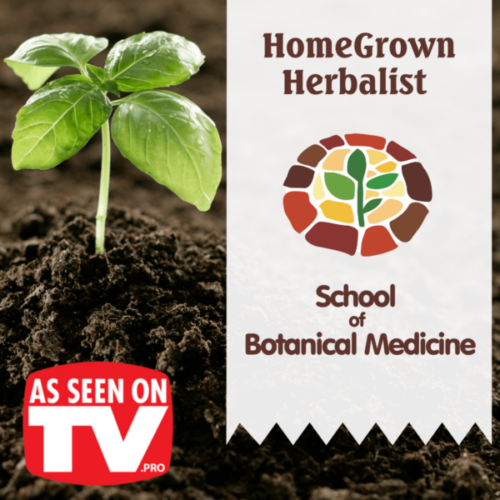
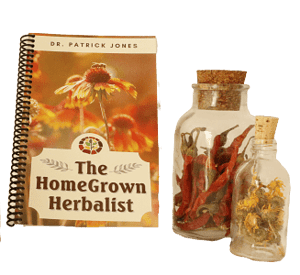

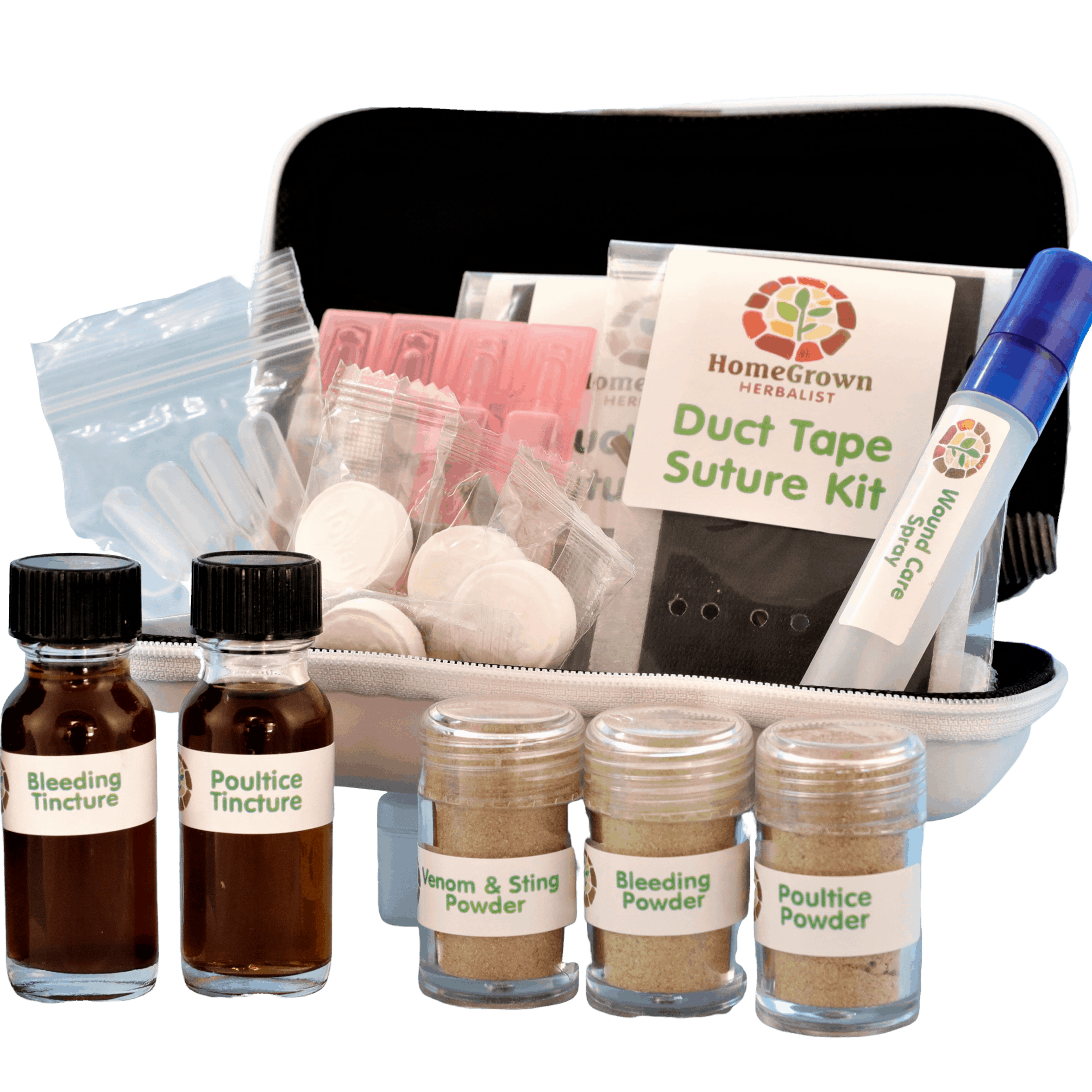
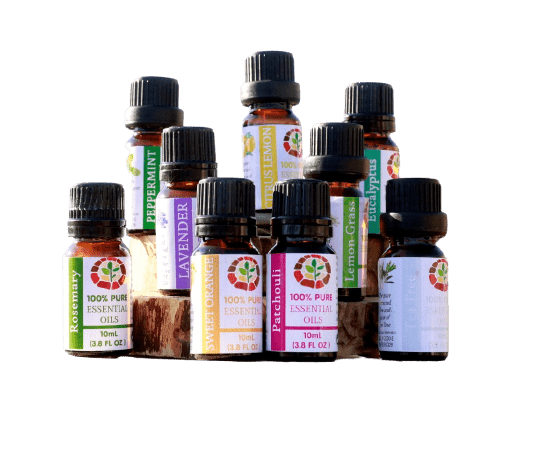
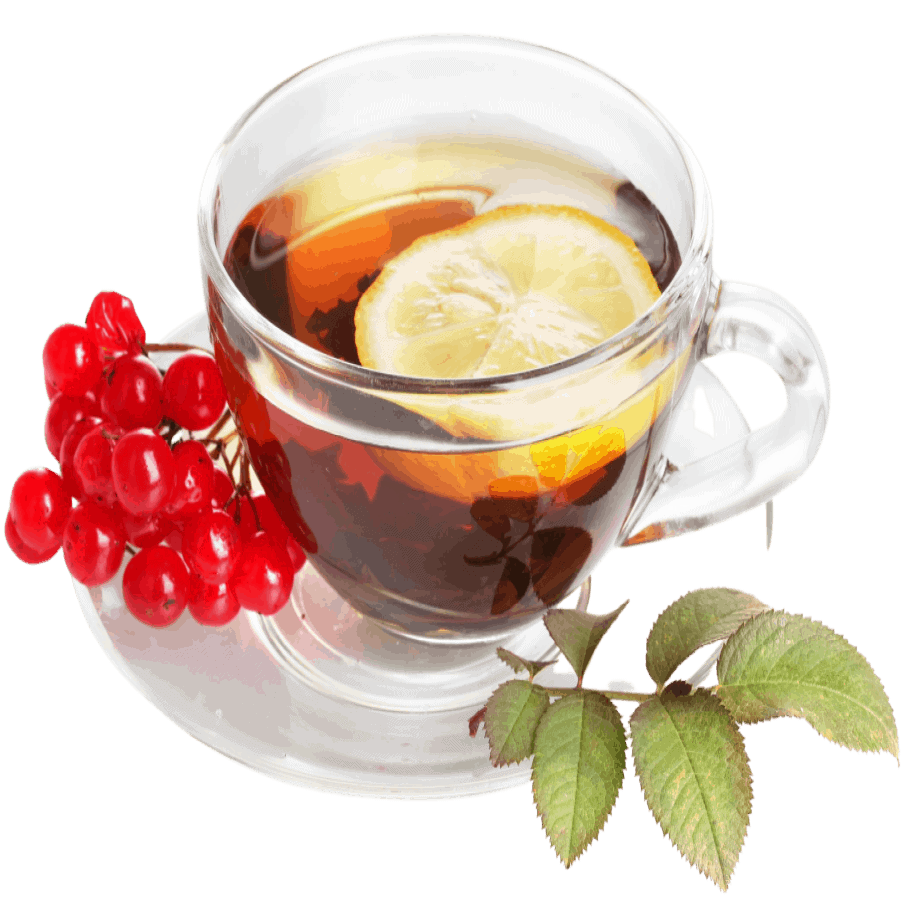
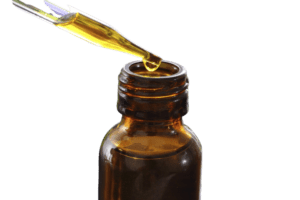
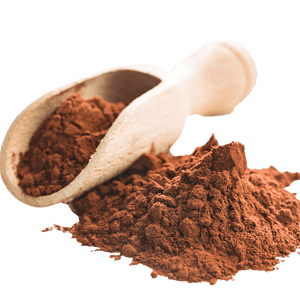
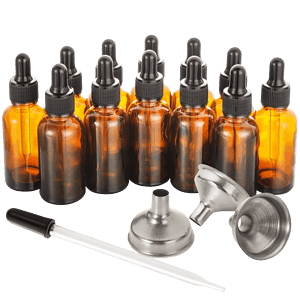


Reviews
There are no reviews yet.